
The garum might have been introduced by the Phoenicians already in the 9th-8th century BCE, maybe directly imported from the East, or from the Greeks, who could have got to know it since the 7th century B.C., during their supplying journeys along the coast of the Black Sea, a region rich in fish. CURTIS 2001: 318.
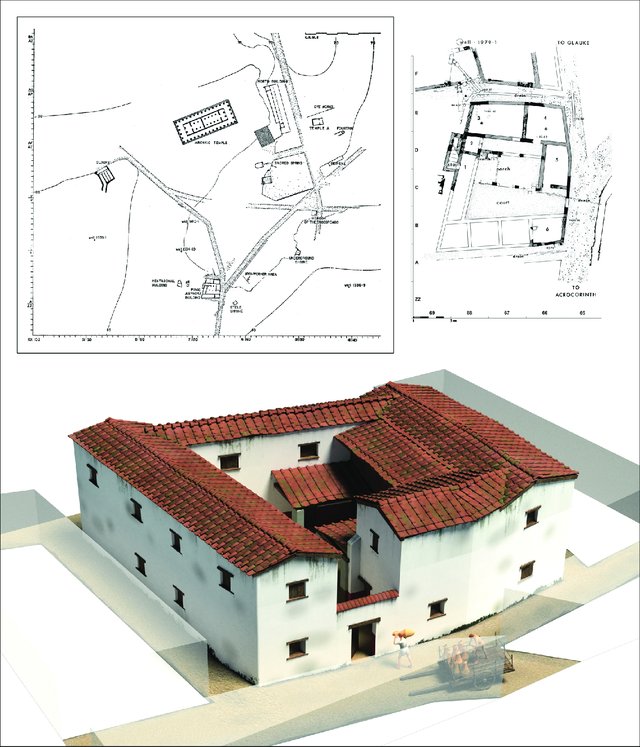
In the Greek world the oldest archeological evidence dates back to the mid 5th century B.C. Researches carried out in the town of Corinth have restored what must have been the store-house of a rich merchant, later reconverted into a wine and fish (probably garon) warehousing and sale centre, called by the archeologists “House of the Punic amphorae” because of the big presence of Phoenician amphorae found there. In Search of Garum. The “Colatura d’alici” from the Amalfitan Coas (Campania, Italy): an Heir of the Ancient Mediterranean Fermented Fish Sauces.
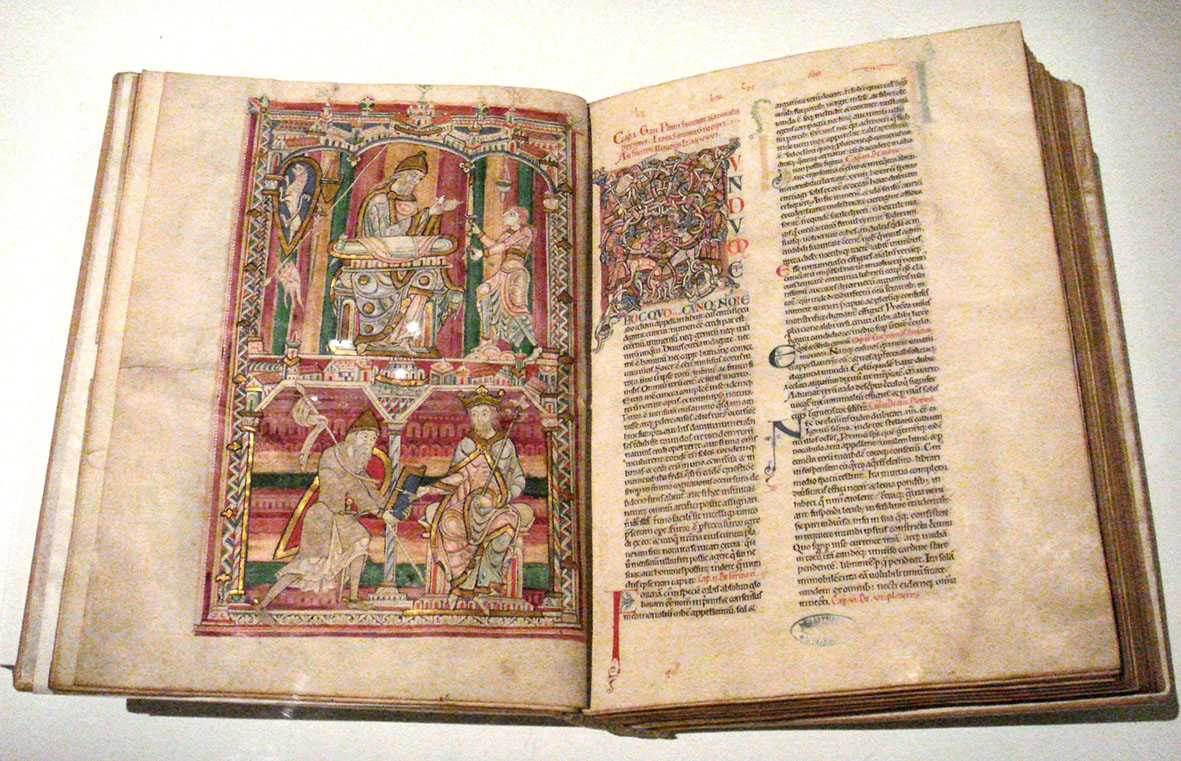
A História Natural, de Plínio num manuscrito de meados do século XII da Abbaye de Saint Vincent, Le Mans, França.
Plínio wrote the first ten books in 77 CE and was committed to reviewing all of his work, which he ended up not being able to finish.
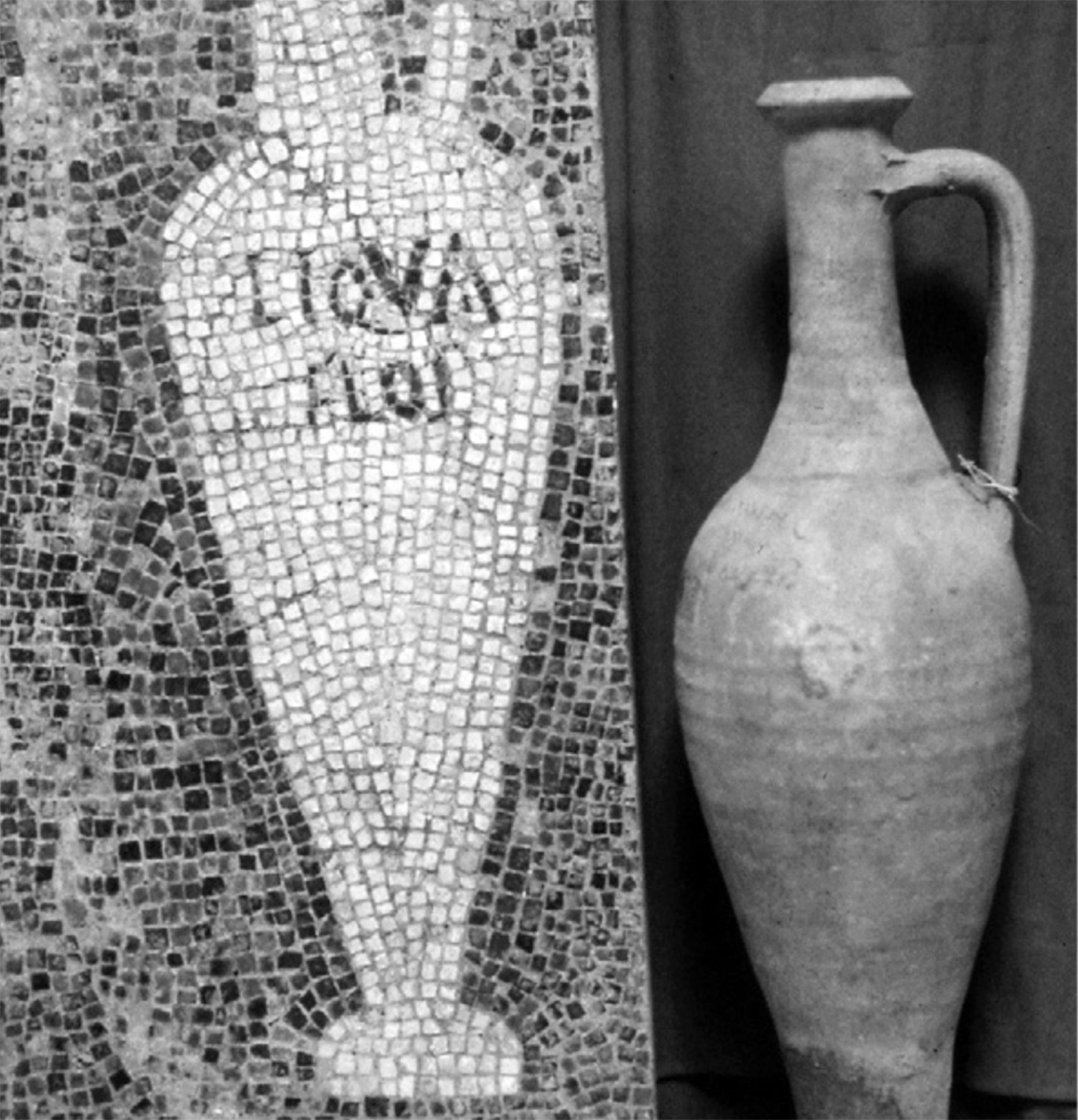
Aulus Umbricius Scarus was Pompeii’s foremost producer of garum or fish sauce. Aulus Umbricius Scaurus begun his business activity in the first half of the first century CE and conducted it probably until the eruption of Vesuvius in 79 CE. Over fifty urcei- the small, one-handled containers used for the condiment - have been found in Pompeii bearing Scarus’s stamp. It is estimated that around 30% of Campania’s fish sauce came from his factories, which were known to export as far as the south of France. Scarus made a fortune from his business, as can be seen in his house. Each mosaic urcei boasted of the merits of a particular brand of Scarus’s fish sauce. Two related to lower grade garum while the other two boasted about Scarus’s liquamen- the highest-grade of the sauce. “The flower of Scarus’s mackerel garum from the factory of Scarus, ” announced the lettering.
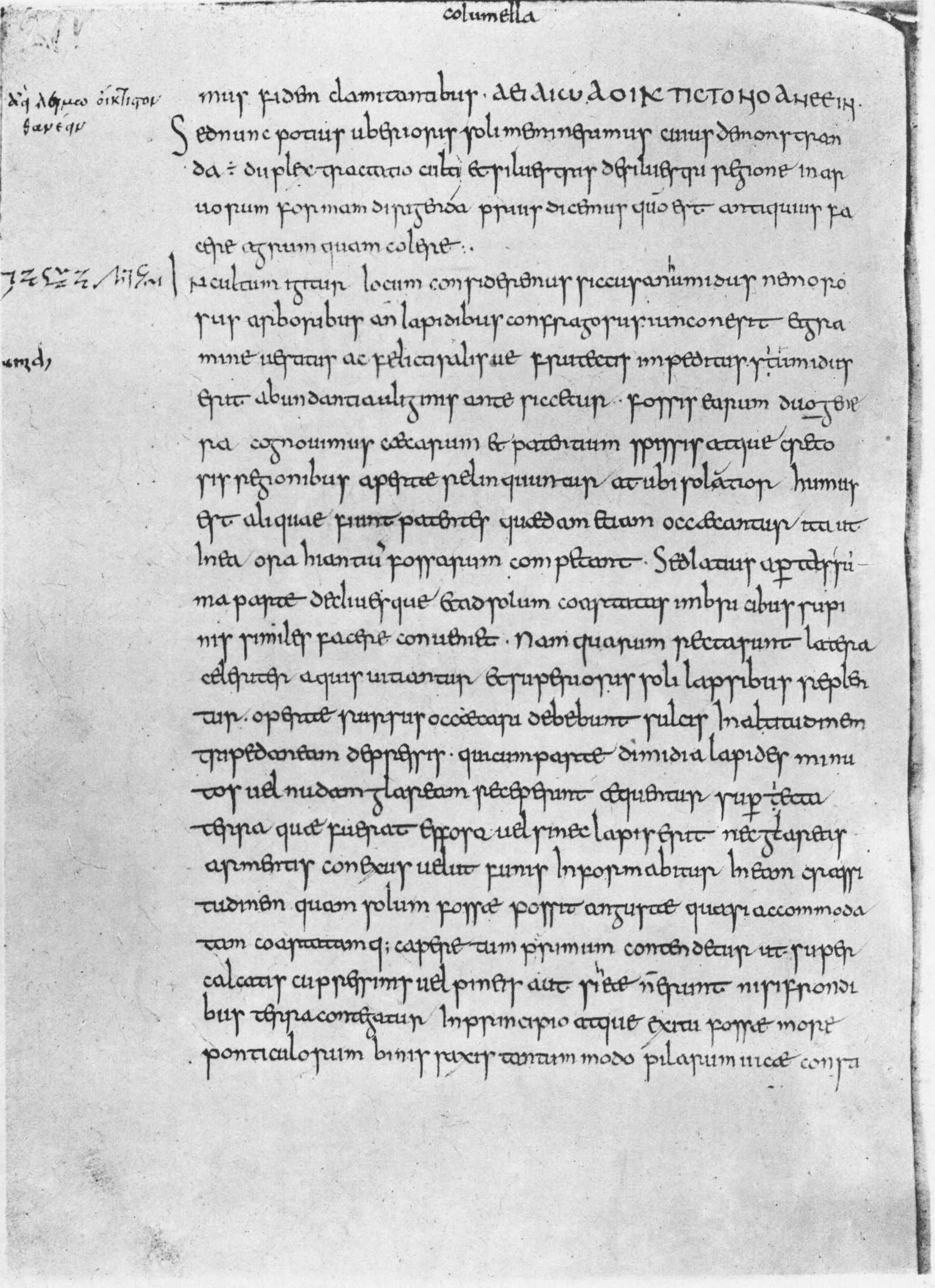
Lúcio Júnio Moderato Columela (Lucius Iunius Moderatus Columella), a native of Cadiz, composed, around the middle of the first century CE., the De Re Rustica treaty on agriculture, that constituted, without a doubt, the most important of the economic disciplines of Antiquity.
After describing the technique for conserving pork meat by salt, he says it was similar to that used for fish:
After describing the technique of conservation of pork meat through salt, states that it was similar to the one used for fish:
“…Then the meat is cut into pieces of a pound each; then a jar/barrel is taken and a layer of roasted salt, slightly broken into pieces, is spread on the bottom: the pieces of meat are laid so that they are very close to each other and salt is put on top of each layer. When you get to the top of the jar/barrel, the last part is filled with salt and the container is covered with weights. You can take this meat all the time; it is kept in its pickle like fish under salt”.
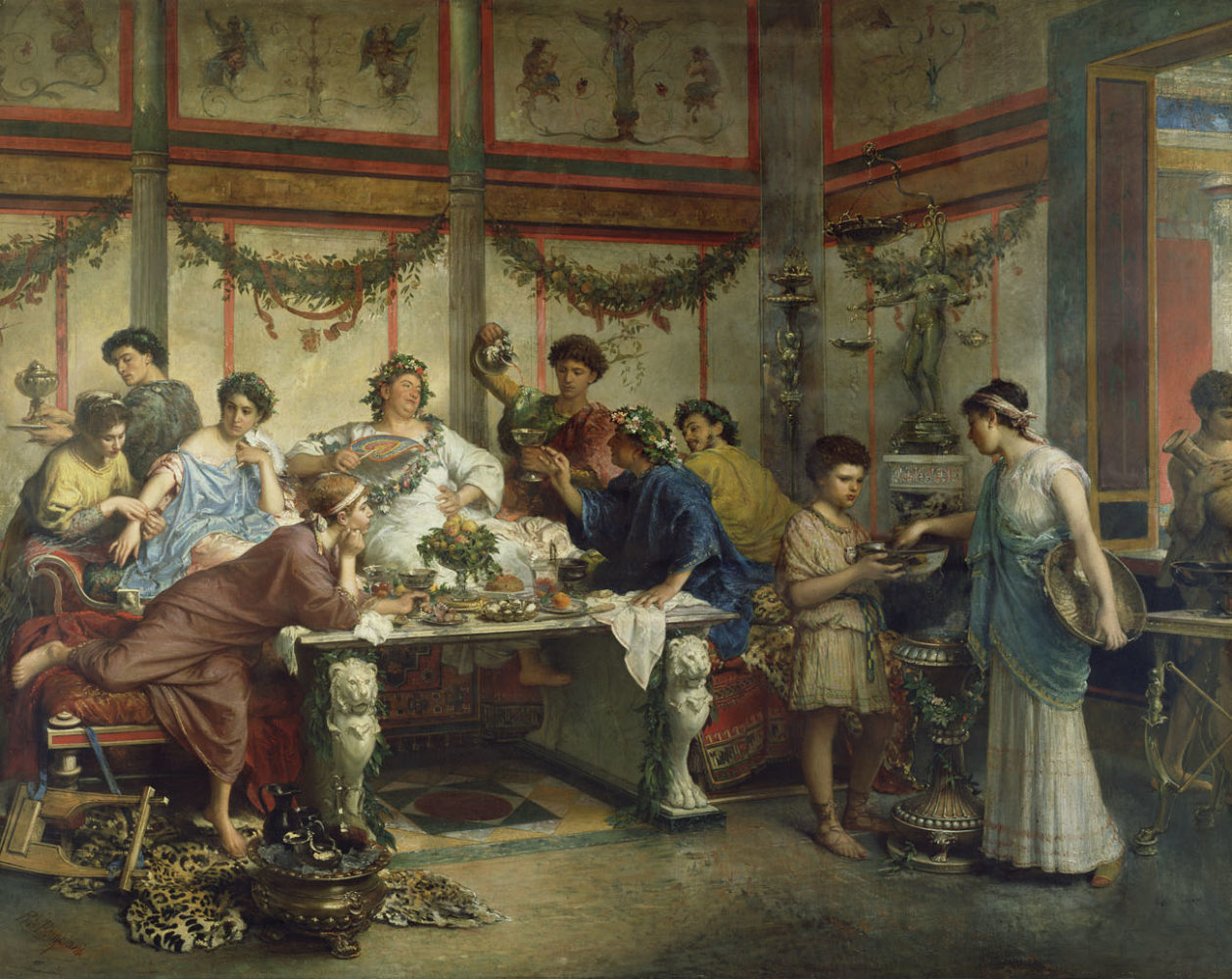
Painting by Roberto Bompiani captures a common 19th-century association of Roman dining and excess. A Roman Feast, late 1800s. The J. Paul Getty Museum
A passage in the book Satyricon, by Petrónio, Roman writer, master in the prose of Latin literature, notable satirist, in the chapter “The Banquet of Trimálquio”, describes the presentation of one of the most famous courses in the dinner of Trimálquio, one of the characters of the book , known for the pomp and ostentation of its banquets, in which it serves exotic and extravagant dishes.
“Trimalchio said: «Let’s eat! This is the best of the dinner». Four slaves […] took off the lid of the tray on the table […]. On the corners of the tray four statues of Marsii were pouring garum piperatum from small leather bags.”
The passage shows how the garum was not only an ever present seasoning in the gastronomy (and was obviously liquid), but that it was a real status symbol showed off during the most luxurious banquets.
In Search of Garum. The “Colatura d’alici” from the Amalfitan Coast
(Campania, Italy): an Heir of the Ancient Mediterranean Fermented Fish
Sauces.
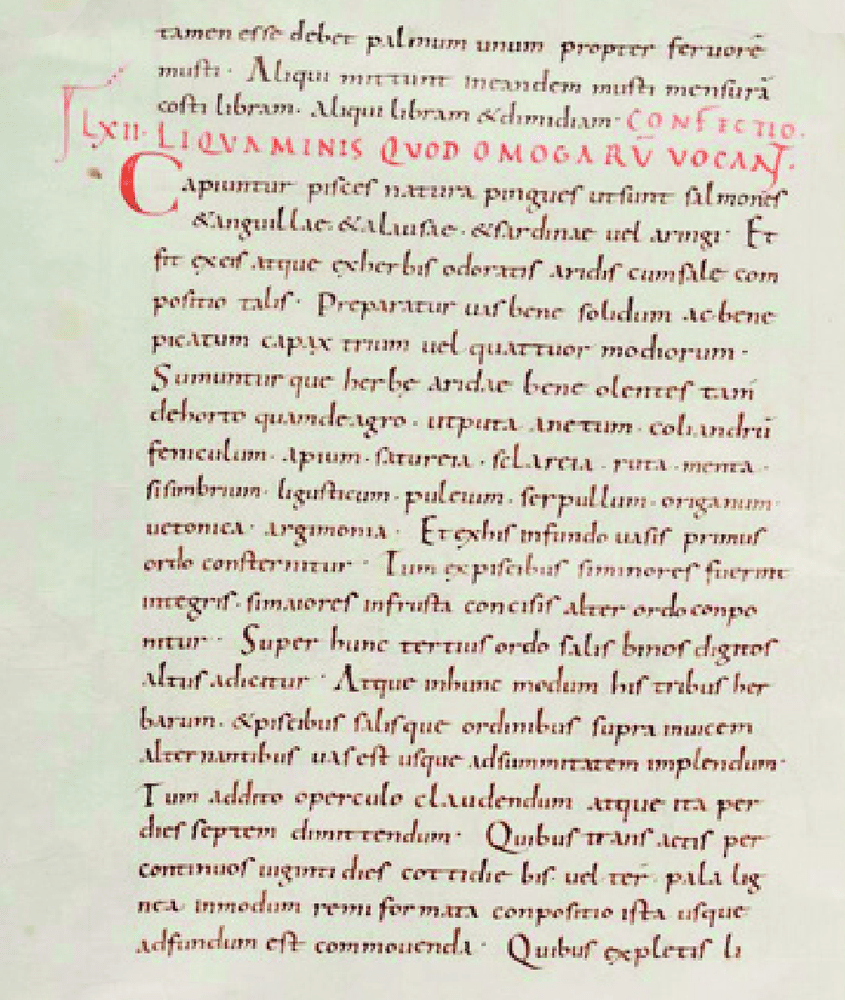
Photo: Start of Gargilius Martialis recipe according to the Saint-Gallen code.
Comprehensive recipe for fish sauce, that is now understood to be a later chapter appended to the 3rd century AD text of Gargilius Martialis. The recipe survives in a single 9th/10th century manuscript of the Latin work Medicina ex holeribus et pomis (“Medicines from fruits and vegetables”) which is purported to be written in the 3rd century.
Gargílio Marcial (XX, 46, 1 e seguintes) – séc. III.
“Usam-se peixes gordos como sardinha e cavala aos quais se juntam, na porção de um terço, as vísceras de vários peixes. É preciso um recipiente com a capacidade de uma trintena de litros. No fundo do recipiente põe-se uma camada espessa de ervas aromáticas secas com sabores fortes como o endro, coentros, funcho, aipo, hortelã, pimenta, açafrão, oregãos. Sobre este fundo dispõem-se as vísceras e os peixes pequenos inteiros, enquanto os maiores vão cortados em pedaços pequenos. Por cima põe-se uma camada de sal sobre as outras duas. Repetir as camadas até ao bordo do recipiente. Deixar repousar ao sol durante sete dias. Durante outros vinte dias mexer frequentemente. No final obtém-se um líquido um tanto denso que é o garum. Esse conservar-se-á por muito tempo.”
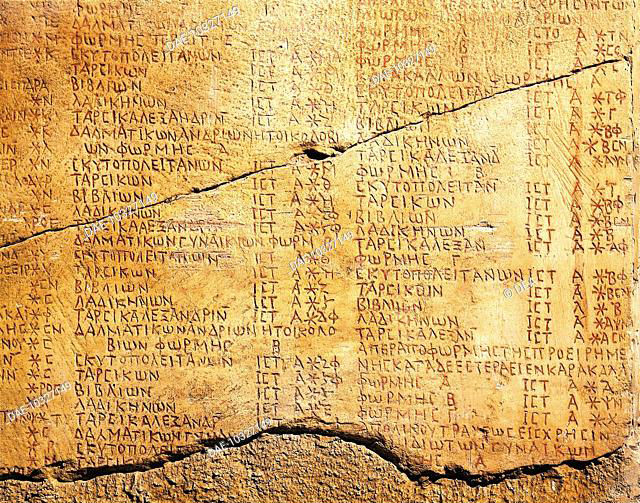
‘Edictum de pretiis rerum venalium’ promulgated by Emperor Diocletian in 301 AD
O Edictum de pretiis de Diocleciano (301 CE), promulgada a fim de combater o aumento da inflação do Império, estabeleceu um teto máximo para os custos de garum, e separou o liquamen primum, cujo preço poderia chegar a dezesseis denários por sextário (cerca de 3072 sestércios por ânfora) do liquamen secundum, de segunda escolha, que não poderia ultrapassar doze denários
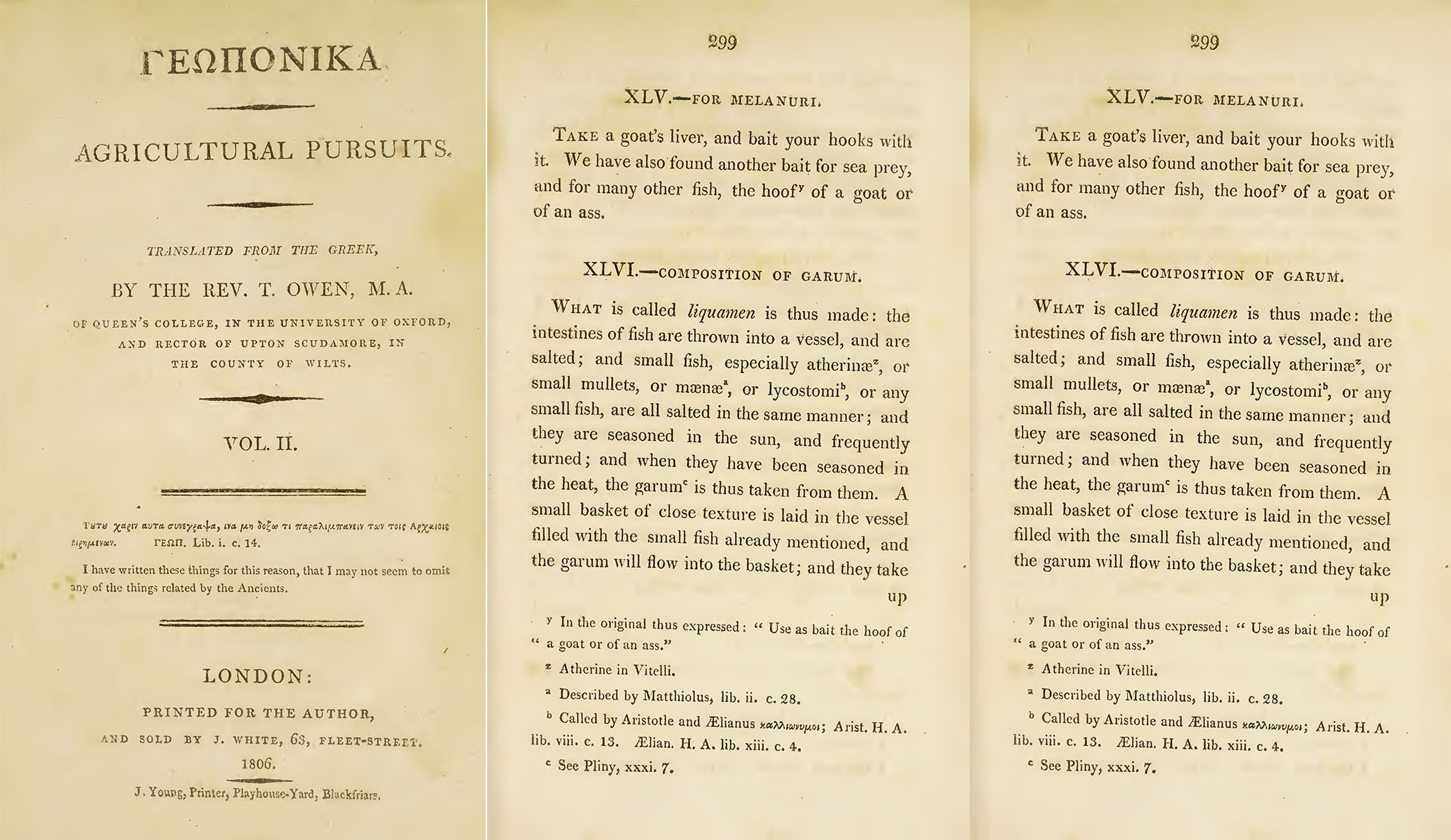
The Geoponica (also spelled Geoponika, Greek: Γεωπονικά) is a twenty-book collection of agricultural lore, compiled during the 10th century in Constantinople for the Byzantine emperor Constantine VII Porphyrogenitus.
The Greek word Geoponica signifies "agricultural pursuits"
The Geoponica embraces all manner of "agricultural" information, including celestial and terrestrial omina, viticulture, oleoculture, apiculture, veterinary medicine, the construction of fish ponds and much more.
NOTA: The 10th century collection is sometimes (wrongly) ascribed to the 7th century author Cassianus Bassus, whose collection, also titled Geoponica, was integrated into the extant work.
Robert Curtis, Garum and Salsamenta in Materia Medica (1991)
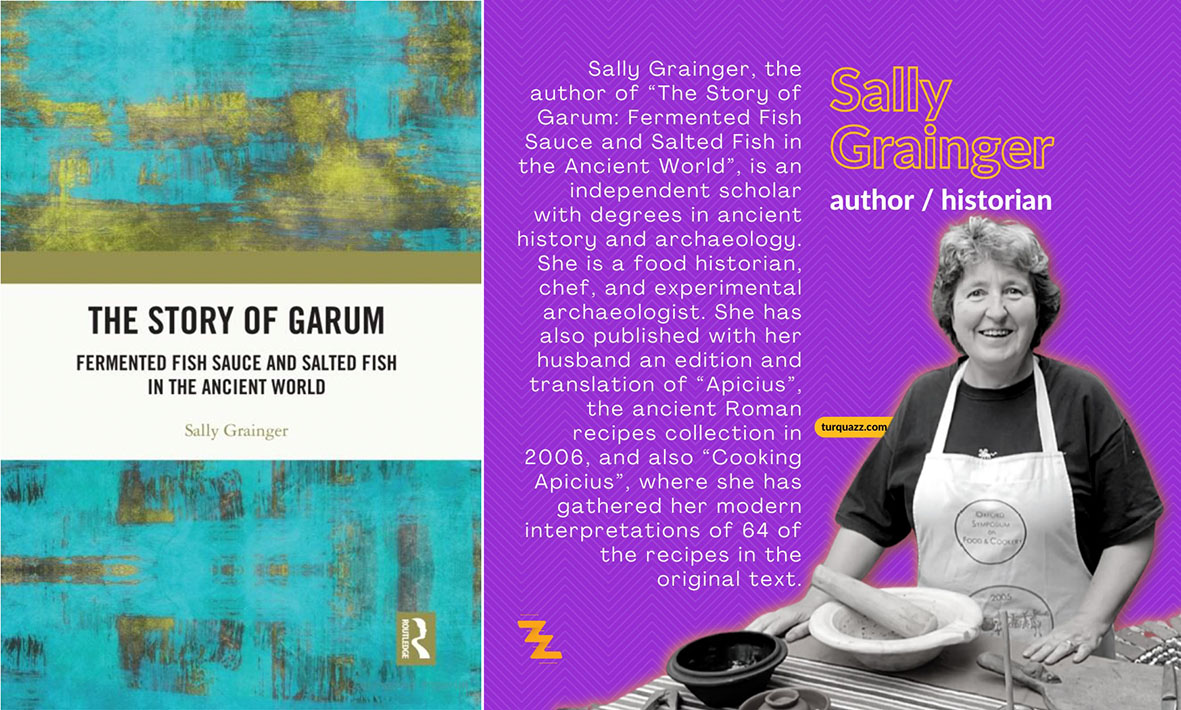
The Story of Garum, Fermented Fish Sauce and Salted Fish in the Ancient World – Sally Grainger
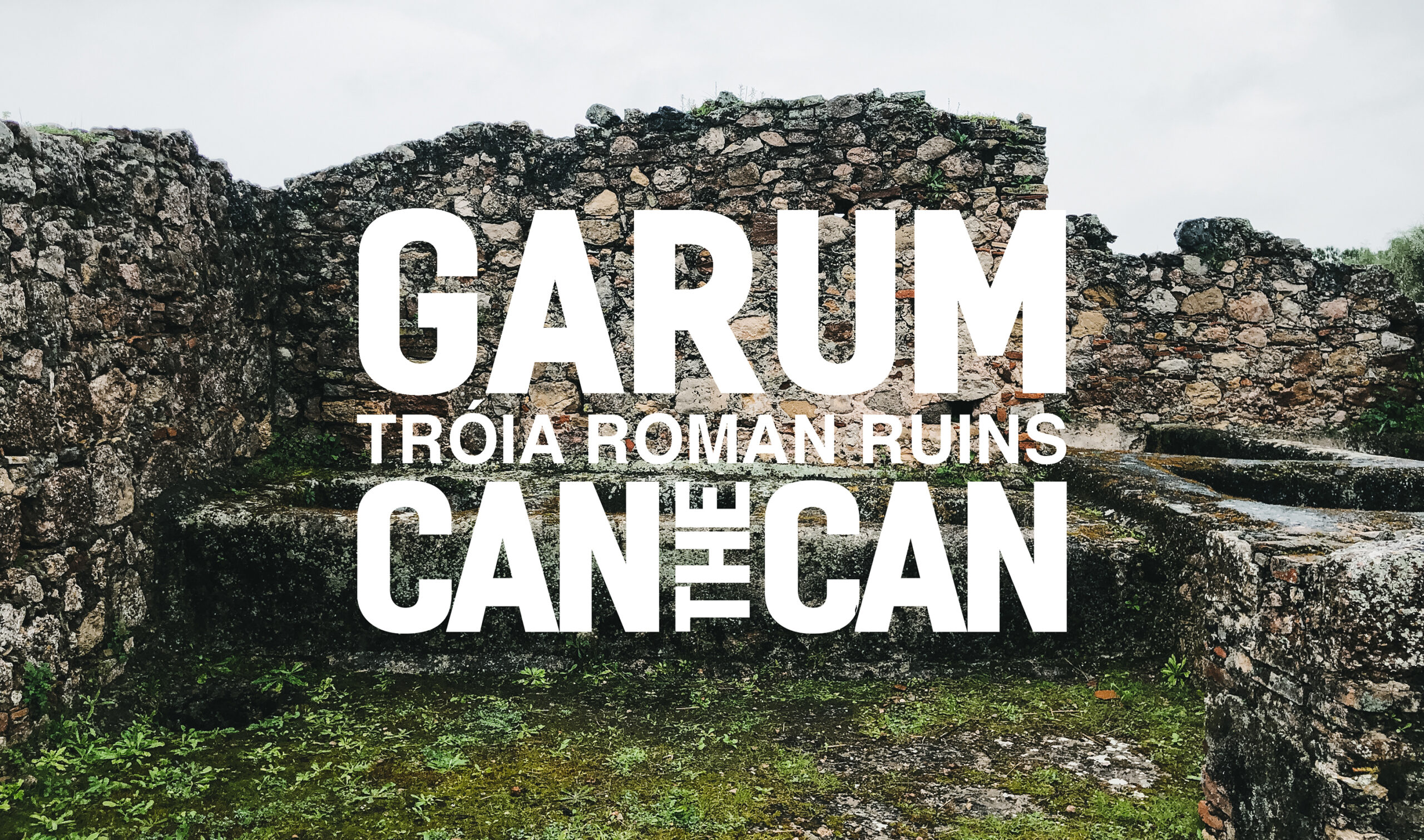
As Ruínas Romanas de Tróia e o CAN THE CAN realizaram, pela primeira vez em mais de quinze séculos, uma produção de Garum num dos tanques de salga de peixe deste complexo arqueológico.
Read more